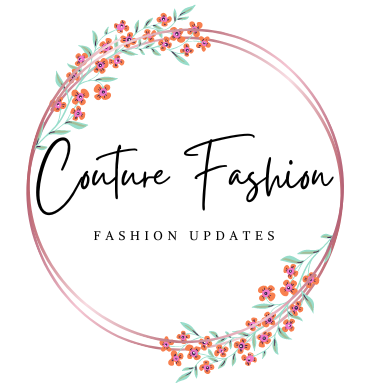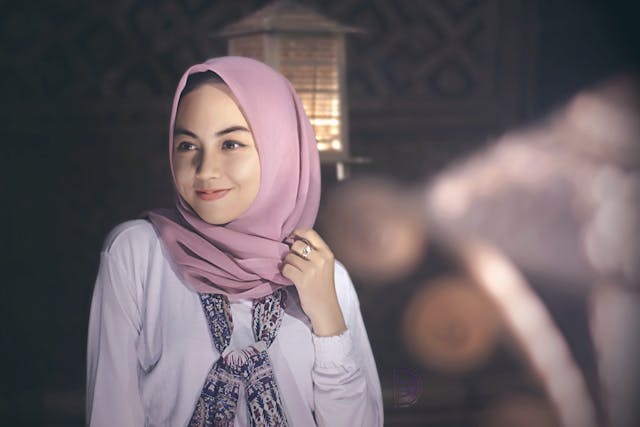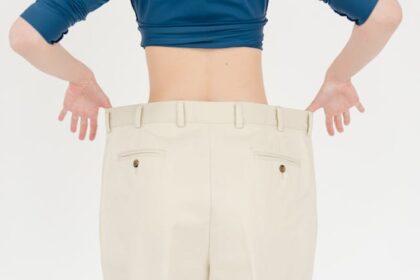The hijab, an Arabic word meaning ‘barrier’, has evolved from its traditional roots into a versatile fashion statement that complements various outfit styles and occasions. Today, hijab fashion offers various types of styles, fabrics, and colours, allowing women to express their individuality while maintaining modesty.
Importance of Fabric and Texture
When it comes to hijab fashion, the material and texture of the fabric play a crucial role in achieving the desired style and comfort. Different fabrics provide distinct looks and feel, making it essential to choose the right material for each occasion.
Silk Hijabs:
Luxurious and Elegant: Silk hijabs are perfect for special occasions like weddings and formal events. They add a touch of luxury and sophistication.
Styling Tip: Silk scarves, typically available in rectangular and square cuts, need to be secured with a headband and pins due to their smooth texture.
Chiffon Hijabs:
Lightweight and Versatile: A staple in every modest woman’s wardrobe, chiffon hijabs are ideal for special occasions and everyday wear. Their lightweight nature makes them easy to style.
Styling Tip: Chiffon is perfect for draping and creates a graceful, flowing look.
Georgette Hijabs:
Durable and No-Fuss: Slightly thicker than chiffon and derived from the silk family, georgette hijabs stay in place throughout the day, making them ideal for busy days.
Styling Tip: Georgette’s texture offers a secure fit without needing too many pins.
Simple and Stylish Hijab Styles
Classic Wrap:
The classic wrap is the most common hijab style, favoured for its simplicity and ease of wear. It suits all hijab materials and is perfect for beginners.
Over the Shoulders:
This style is perfect for events, weddings, and parties. It exudes a simple yet stylish look. Use a chiffon or viscose scarf. Place the scarf on your head and drape both ends over your shoulders.
No-Pin Knot:
Ideal for those who find hijab pins uncomfortable, this style ensures your hijab stays in place with minimal effort. Place the hijab on your head with both ends equal. Wrap one end around your neck and tie it in a knot with the other end at the back of your neck.
Criss-Cross Style:
Perfect for achieving a modish look, this style works well with rectangular scarves. Place the scarf on your head, leaving one end shorter than the other. Pin it under your chin. Take the shorter end and pin it on your head without wrapping it. Repeat with the longer end, forming a criss-cross pattern. Wrap the longer end around your face and secure it with a pin.
Enhancing Your Hijab Style
Earrings:
Long loops, gold tassels, and silver oxidized earrings can add a flattering touch to your hijab style.
Colour Shades:
Choose bright colours like blue, dark pink, and orange for light skin tones. Opt for neutral shades like beige, ivory, or cream for darker skin tones.
Patterns:
Floral, geometric, striped, and polka dot patterns can add a fresh twist to a regular monochrome hijab look.
Conclusion
Styling a hijab is an art that combines personal expression with cultural tradition. By understanding the importance of fabric and texture, mastering different hijab styles, and matching your hijab to various occasions and outfits, you can achieve a perfect finish every time.


